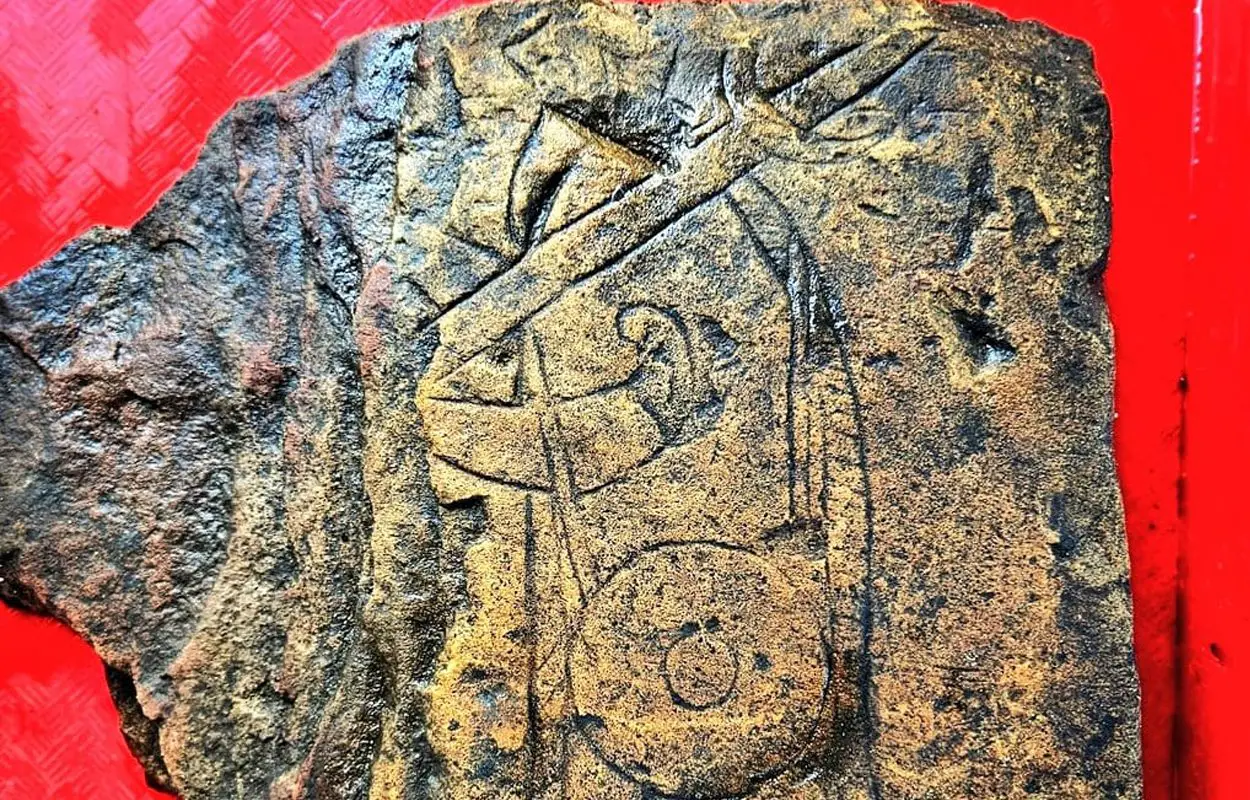Archaeologists excavating the grounds of Govan Old Church in Glasgow, Scotland, have discovered an early medieval carved stone figure dubbed the “Govan Warrior”.
Govan Old Church is the home of the Govan Stone Museum, a collection of early medieval and Viking-Age sculptures found in the grounds, including 30 sculptures from a lost kingdom of Old Welsh-speaking Britons known as the Ystrad Clud who dominated the Clyde valley from the 5th to 11th centuries AD.
Excavations have been conducted by the University of Glasgow and Clyde Archaeology, in which a carved stone of a warrior was uncovered during a community fun day organised as part of the Glasgow Doors Open Days Festival.
The carved stone depicts a man standing side on and carrying a round shield and a shaft. According to the researchers, the discovery dates from around 1,000-years-ago and is unlike any of the other carved stones found at Govan Old.
According to a press statement by the University of Glasgow: “The Govan Warrior is unique within the existing collection due to its stylistic characteristics, which has drawn parallels with Pictish art and carvings from the Isle of Man. Unlike the other stones in the Govan collection, whose chunky style of carving is so distinctive that it has been described as a school of carving in its own right (the ‘Govan School’), the Govan Warrior is lightly incised, which may bring parallels with famous Pictish stones like the Rhynie Man from Aberdeenshire.”
Professor Stephen Driscoll said: “It’s a style that makes us think both about the Pictish world and also about the Isle of Man and it’s interesting that we are halfway between these two places. Govan is the ideal place for these two artistic traditions or styles to come together.”
Header Image Credit : Govan Heritage Trust





